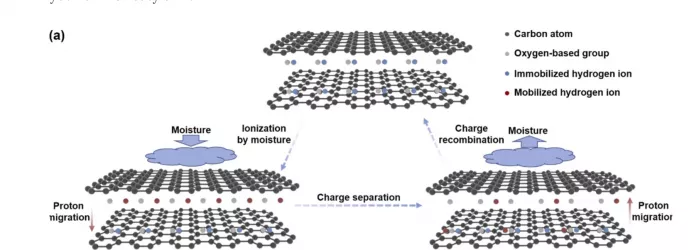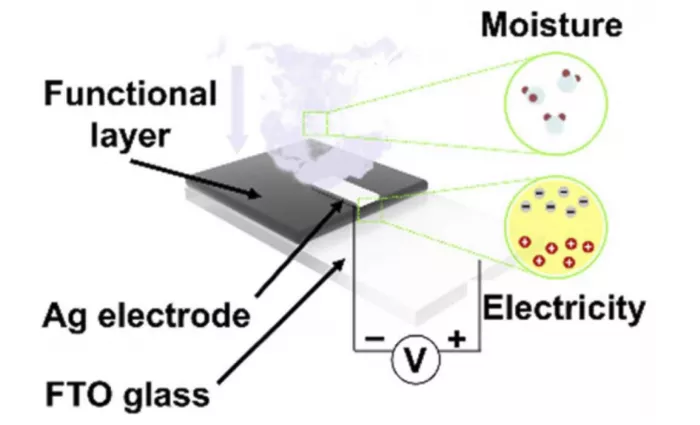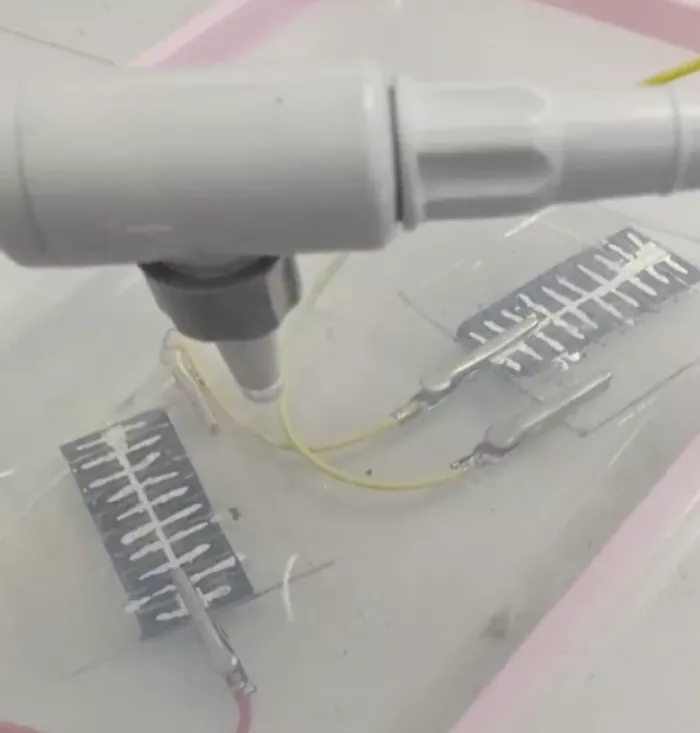In cooperation with the University of New South Wales and the federal scientific and industrial research organization, the Australian company strategic elements has developed a flexible self rechargeable battery technology to obtain electric energy from moisture in the air and directly supply power to the equipment without plug-in**
It targets battery powered fitness wearable devices. The company said that this humidity powered technology has generated enough energy to run most existing devices in the $10 billion electronic skin patch market, and it expects a technology demonstrator to start and run before the third quarter of this year to prove that it can complete this work. Except for users' sweating skin, it will never need a charger.

Strategic elements said the technology used graphene oxide and successfully took advantage of the latest research on flexible, printable graphene oxide based wet gas generators (megs). The MEG prototype device in this study has proved to be able to provide reliable power for calculators and small sensors. According to this study, a pair of electrodes, silver paste and FTO glass, are attached to the hydrophilic "functional layer" of graphene oxide. The functional group protons in this layer are fixed during drying. When there is an obvious humidity gradient on both sides of the equipment, water molecules begin to be absorbed from the air. This process begins to lead to the dissociation of functional groups such as COOH (carboxylic acid) and release positively charged hydrogen ions or hydrogen ions.

The hydrogen ion concentration on the wet side of the functional layer is higher than that on the dry side, so the hydrogen ions migrate to the dry side to form charge separation and generate voltage on the electrode. If the moisture on the wet side is removed, the water will migrate in this direction and recombine with functional groups. The whole process is initiated by the existence of humidity gradient and reversed by the lack of humidity gradient. By treating graphene oxide with hydrochloric acid, the team managed to generate a maximum voltage of 0.85 volts and 92.8 microamps per square centimeter of surface. These units were connected in series or in parallel to double their output without any loss, enabling the team to power small equipment.

To prove its flexibility, the researchers made a battery on a piece of carbon cloth, bent it from 0 degrees to 120 degrees in a second, and repeated the process 2000 times. At the end of this process, MEG still produces 93% of its maximum voltage at the beginning. Therefore, a series of wearable electronic products "powered by water" may begin to appear in the next few years.